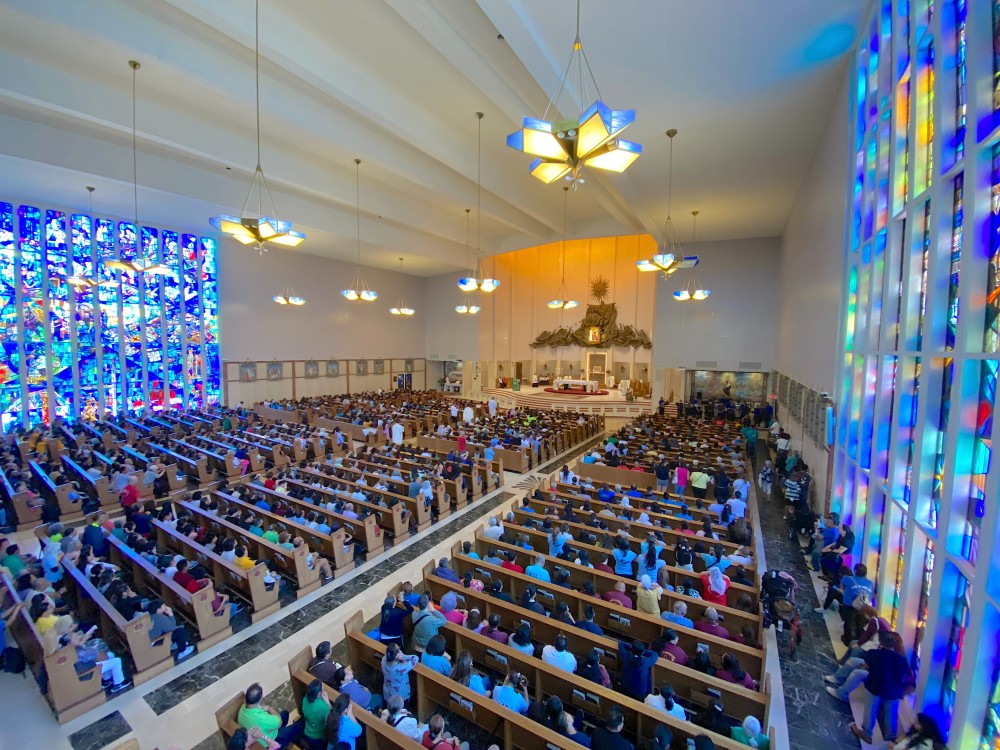
DOYLESTOWN, Pa. — A good old-fashioned church picnic unfolded Saturday, June 8, on the verdant lawns surrounding the National Shrine of Our Lady of Czestochowa in Doylestown, Pennsylvania.
But this gathering included an estimated 2,500 members of the Cursillo movement from parishes in the Diocese of Brooklyn for their annual “Ultreya de Campo,” or “pilgrimage.”
They traveled two hours in a fleet of chartered buses from 37 parishes in Brooklyn and Queens. Brilliant blue skies with billowing clouds blessed them on the journey and their time at the shrine for prayer and fellowship.
Bishop Robert Brennan, making his second Ultreya, celebrated Mass in Spanish for the Cursillistas assembled in the shrine’s expansive upper church illuminated by two massive walls made of stained-glass windows.
“A lot of people are here, but why? Because they are people of deep faith, and because they love the Lord,” Bishop Brennan said. “It’s important that we celebrate that deep faith. One of our major missions these days is to encourage the people who have faith because they’re the witnesses.”
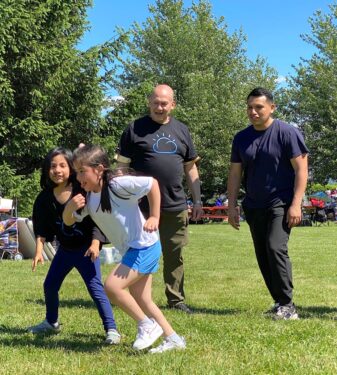
The Cursillo movement’s origins date back to 1944 in Spain where laypeople, under the guidance of clergy, engaged in spiritual renewal and evangelization. It soon became a worldwide movement, and spread to Catholic communities in Europe and Asia.
In the early 1960s, before there was a Hispanic ministry in the diocese, the Cursillo movement was bringing the faith to people locally, in their homes and on the streets of Brooklyn and Queens.
Here, it began with Puerto Rican Catholics, but others followed from Colombia, the Dominican Republic, Ecuador, Mexico, and other countries. Now it aims to show the love of Jesus to new generations from all over the world with aid and evangelization.
Norberto Saldaña is the director of religious education at St. Teresa Church in Woodside. He has been in the Cursillo movement for 14 years. He said 57 parishes in the diocese have Cursillo groups.
People join it by attending a three-day retreat to strengthen their faith. In turn, they take what they’ve learned back to the world during an indefinite period called the “fourth day.” Evangelization ensues.
“You have to go by the Catholic way,” Saldaña added about the movement. “You have to get the sacraments. You must live in God’s will.”
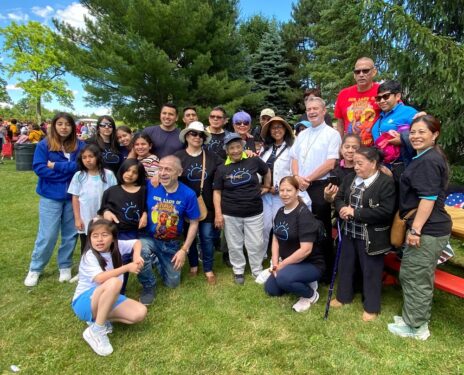
“Ultreya” means “go ahead.” The annual event reunites Cursillo groups from throughout the diocese.
The pilgrimage is planned each year for the second Saturday in June. Participants also have opportunities to say the rosary and receive the sacrament of reconciliation.
After lunch, kids booted soccer balls or competed in friendly foot races. Bishop Brennan moved among each parish group, posing for photos and making new acquaintances.
Capping the day is a time to gather to encourage and express appreciation to each other.
The entire experience thrilled Amy Lazarus, a field representative for the Catholic Foundation for Brooklyn and Queens.
It was her first Ultreya in the diocese, having attended a three-day retreat in Panama.
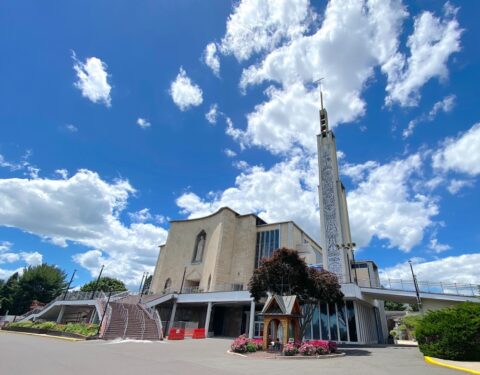
“I loved listening to the testimonies of the people, saying how they live the fourth day,” she said. “They say it’s hard, but with God, you can do it.”
She attended with her husband, Carlos, a retired schoolteacher. They belong to St. John the Baptist Parish in Bedford-Stuyvesant, but they hitched a ride on the St. Teresa bus.
Carlos Lazarus marveled at the energy of Saldaña. He moved non-stop all day, ushering people onto the bus, loading picnic supplies, serving coffee and snacks during the ride to the shrine, and passing out raffle tickets on the trip home.
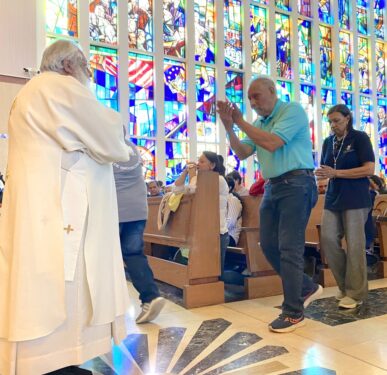
“I am encouraged by seeing the faith of so many others,” Lazarus said. “I see the love that they share with each other. It’s contagious.”
Young people were also moved by the spirit of the day, including one of the altar servers from the various parishes.
“I am very impressed,” said Stirling Liriano, 14, of Mary Star of the Sea Parish in Carroll Gardens. “This is the very true Church. God bless everyone!”
